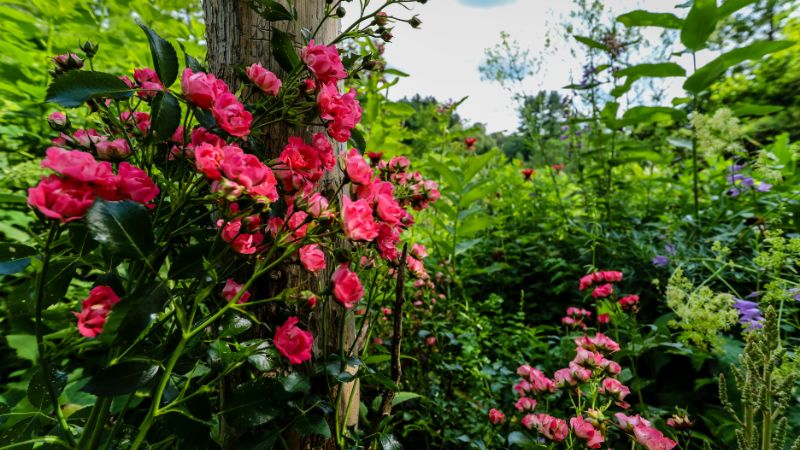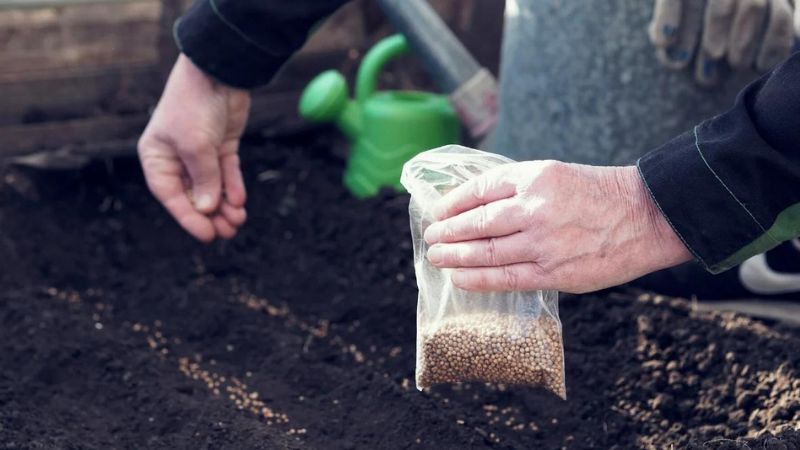Roses are cherished for their beauty and fragrance, but they can be vulnerable when planted near certain other plants. Here are eight plants you should never grow next to roses to ensure your garden remains healthy and vibrant.
Lilacs

Avoid planting lilacs near roses due to their large root systems that compete with roses for water and nutrients. Lilacs are highly susceptible to powdery mildew, which can also affect roses, making them an unsuitable companion.
Snapdragons

Snapdragons are highly susceptible to powdery mildew and rust, making them unsuitable companions for roses. These diseases can easily spread to nearby roses, posing a significant risk to their health.
Potatoes, Tomatoes, and Peppers

Fruits and vegetables such as potatoes, tomatoes, and peppers are prone to diseases like verticillium wilt and fungal infections. They also share common pests with roses, such as aphids and spider mites, which can further jeopardize the health of your roses.
Hollyhocks

Both roses and hollyhocks are susceptible to rust. Although they share similar growing conditions like full sun and fertile soil, they should be planted with plenty of space between them to prevent rust from spreading.
Leopard’s Bane

Leopard’s bane creates conditions that promote black spot, a fungal disease roses are vulnerable to. This ground cover shades the ground, locks in moisture, and can quickly colonize an area, making it difficult for roses to thrive.
Mint

Mint spreads rapidly and can overwhelm roses by competing for nutrients and water. Its strong scent can also deter pollinators from visiting roses. If planted nearby, mint should be pruned regularly, but ideally, it should be planted in a separate area to avoid these issues.
Morning Glory

Morning glories have a climbing habit that can damage rose stems and foliage. They compete for water and nutrients and can cause shading. It’s best to avoid planting any climbers that might overtake your roses to ensure they receive adequate sunlight and resources.
Creeping Jenny

Creeping Jenny forms dense mats that can smother roses and compete for resources. It reduces airflow and increases moisture retention, which raises the risk of disease, making it an unfavorable companion for roses.


